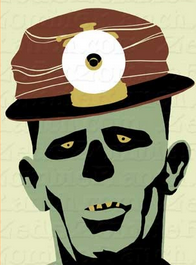
The media loves it, but this one goes in the totally irrelevant category. From the AFR:
Australian iron ore miners are playing with the structure and dating of contracts for the ore in a bid to lessen the impact of big discounts being forced on them by Chinese buyers.
…Instead of continuing to set prices in accordance with the previous month’s average iron ore price, BC Iron managing director Morgan Ball said his company had been offering buyers a choice of several reference periods against which to calculate the iron ore price.
For example, ore delivered in April may actually be priced until May or June. Or instead of accepting a big discount, a miner may offer a buyer the choice of taking a smaller discount on the monthly average price of the price at another point in time.
So what? This is just some informal futures pricing. It changes nothing unless you think the miners are better traders than the mills, which Atlas proved not to be last quarter.
The juniors would be much better off figuring out how to cut $20 from their break even costs per tonne. There’s also this from BC Iron managing director Morgan Ball
‘‘The sense I get is the discounts you saw in June are probably topping out now,’’ he said.
‘‘My instinct is that June discounts are at the top end of it and you will see them ease down again.’’
Yeh, until India ramps up and then they’ll widen again. Anyways, the next tidal wave of ore is high quality so the entire price deck is going to plunge.
China now sets the iron ore price, not Pilbara miners, and all the fiddling in the world won’t change it.

